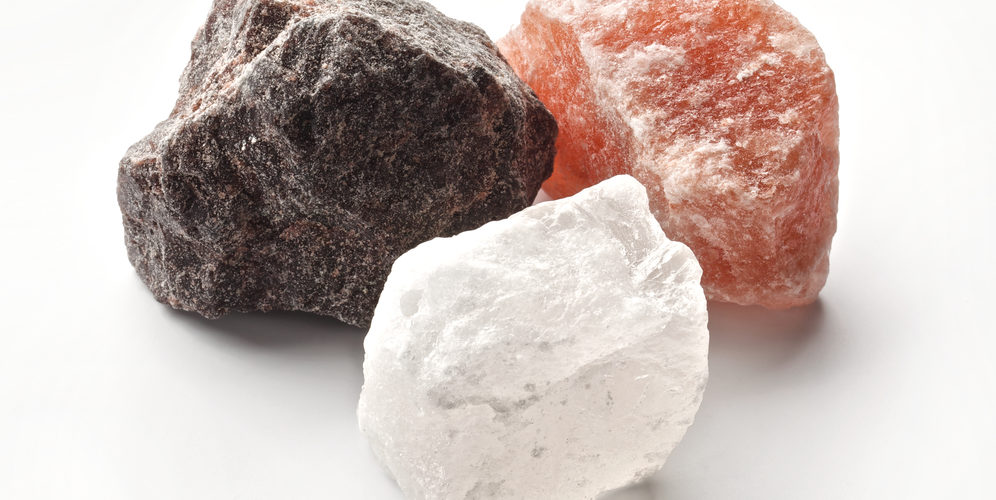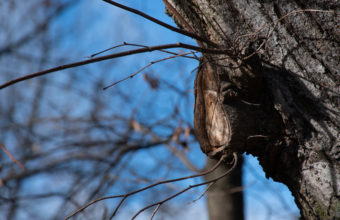Epsom salt (magnesium sulfate) and rock salt (sodium chloride) are two types of salt commonly used to kill tree stumps. Both salts work by dehydrating the stump and inhibiting the growth of new shoots, but they do so in slightly different ways and with varying impacts on the surrounding environment.
Epsom Salt (Magnesium Sulfate)
- How It Works – Epsom salt helps to draw moisture out of the stump, effectively drying it out and hastening the decay process. Unlike rock salt, Epsom salt adds magnesium and sulfate to the soil, which can be beneficial for plant growth in moderate amounts.
- Application – Drill holes into the top of the stump, then fill the holes with Epsom salt. Pour water over the salt to help it dissolve and penetrate into the wood. You can also sprinkle Epsom salt around the base of the stump to prevent new shoots from emerging.
- Time Frame – It may take several months to a year or more for the stump to decompose fully using Epsom salt. The process can be accelerated by regularly reapplying Epsom salt and water and by covering the stump with a tarp to keep it moist.
Rock Salt (Sodium Chloride)
- How It Works – Rock salt also dehydrates the stump but can have a more significant negative impact on the surrounding soil and plant life by increasing soil salinity to levels that can be harmful to many plants.
- Application – Similar to Epsom salt, you drill holes into the stump and fill them with rock salt, then add water. Because of its potential to harm nearby plants, rock salt should be used cautiously and selectively, especially in garden areas or near desired vegetation.
- Time Frame – Like Epsom salt, the process of decomposition with rock salt can take several months to a year or more, depending on the size of the stump and environmental conditions. Regular applications may be necessary for the best results.
Considerations
- Environmental Impact – Both types of salt can affect the soil and nearby plant life. Epsom salt is generally considered to be more environmentally friendly due to its beneficial components, while rock salt can harm soil structure and plant health due to its high sodium content.
- Safety – When using either type of salt, it’s important to apply it directly to the stump to minimize its spread to the surrounding soil and plants.
- Patience Required – Salt treatments for tree stumps require patience, as the decomposition process is gradual. Regular monitoring and additional applications of salt may be necessary to achieve the desired outcome.
Before using salt to kill a tree stump, consider the size of the stump, the proximity to other plants, and the potential environmental impact. In some cases, alternative stump removal methods may be more appropriate.






